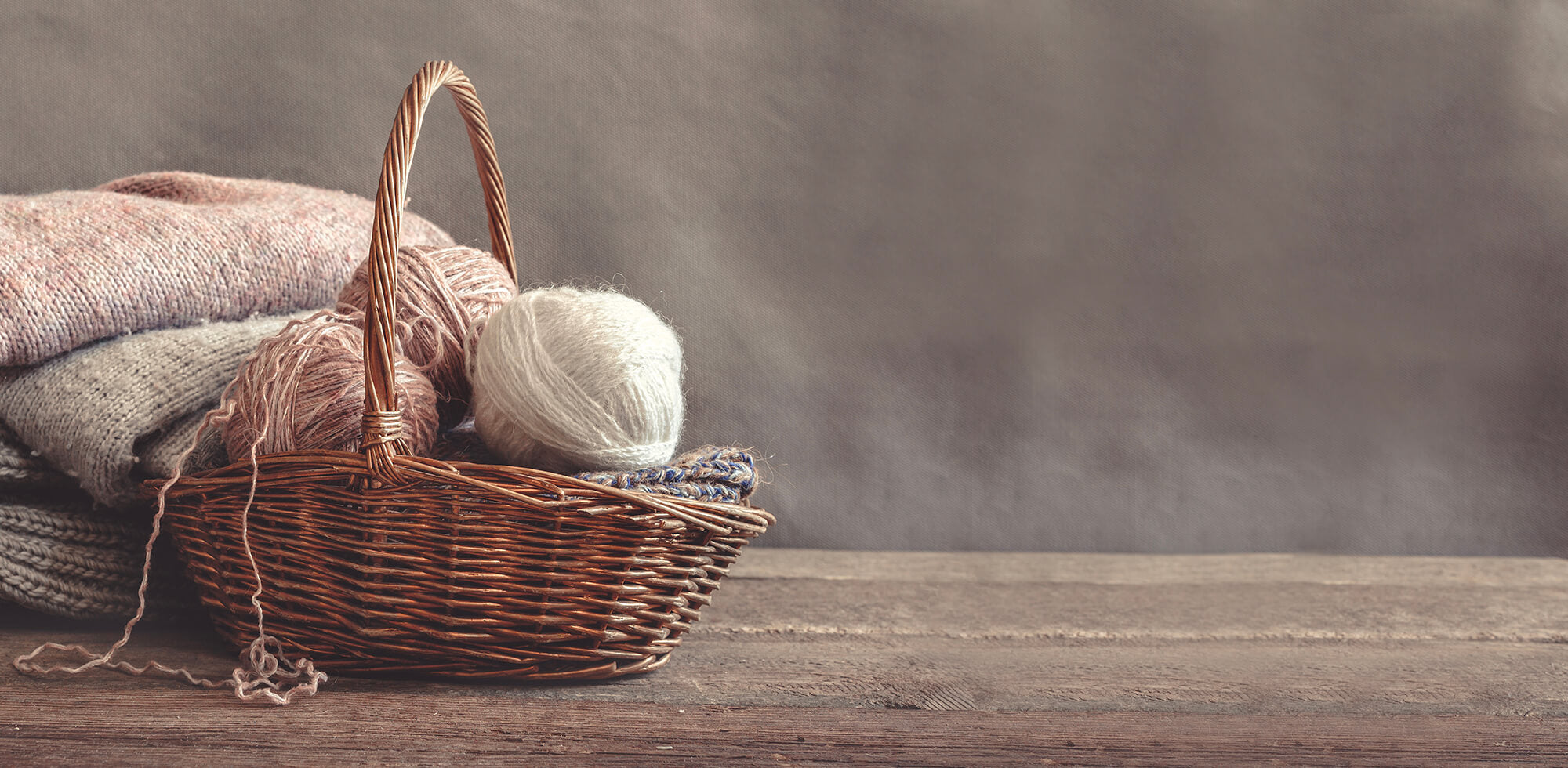Pascuali
Vicuña
Vicuña, the Exotic Elixir of the Gods!
Indulge in the unparalleled elegance and softness of Vicuña yarn – a rare and exquisite fibre that embodies the epitome of luxury. Known as the "fibre of the gods," Vicuña wool is sourced from the fleece of the wild Vicuña.
In the realm of Vicuñas: Shy marvels of the Andes
Vicuña is a small and graceful camelid species native to the high-altitude regions of the Andes mountains in South America, thriving at breath-taking altitudes ranging from 10,500 to 15,700 feet (3,200 to 4,800 meters). Vicuñas are shy “flight animals” smaller than their domesticated relatives, such as alpacas and llamas. They have a slender build, long necks, and large, expressive eyes. Their fur is usually a light brown or reddish-brown colour that perfectly blends with their surroundings in the Peruvian Andes.
History and cultural significance
Vicuñas are known for their fine and valuable wool, considered one of the most luxurious fibres in the world. These animals have been revered by Andean cultures for centuries. In Inca society, the vicuña was considered a sacred animal, and its wool was reserved for royalty.
According to an ancient Inca legend, the vicuña is the re-incarnation of a beautiful maiden, who when courted by and old, ugly king, refused to accept him unless he could provide her with a coat of pure gold.
The Incas considered the vicuña sacred, and the death penalty was imposed on anyone who killed it. Garments made with its wool were reserved exclusively for royalty.
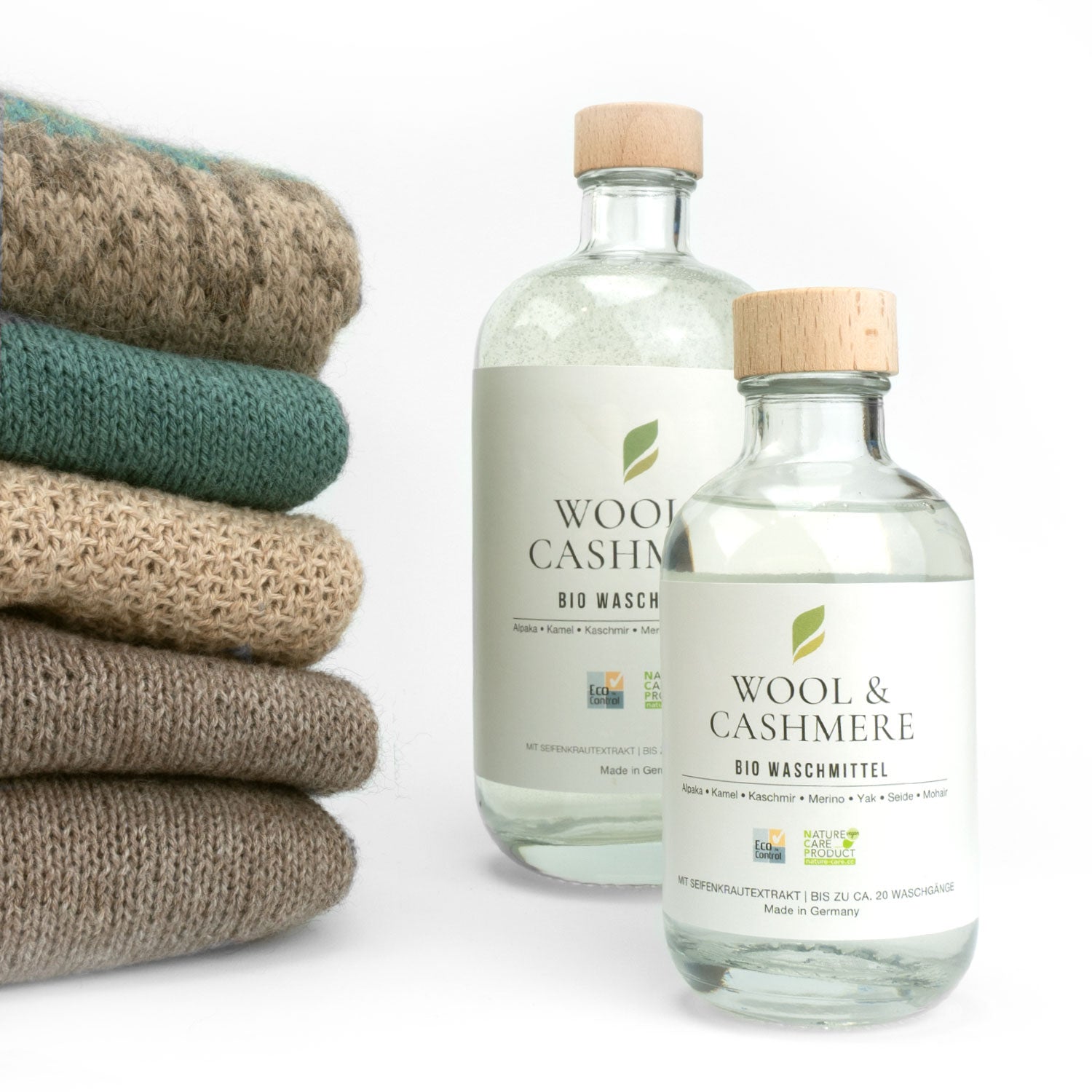
SPECIFICATIONS
- Yarn Length: 25 g ~ 187 m | 0.88 oz ~ 204 yds
- Needle: 2,5 mm | 1-2 US | 12 UK
- Gauge: 40 stitches, 56 rows to 4" (10 cm)
- Usage: Sweater in size small ~ 250 g (10 Balls)
- Yarn Weight: 25 g | 0.88 oz ~ Ball
CARE
We recommend washing knitwear made of Vicuña by hand in lukewarm water with a mild wool detergent. Then lay flat to dry, preferably on a terry cloth towel, to avoid deformations. Please do not dry directly on a heat source or in direct sunlight!
Read more about wool care in our blogpost HERE!
Sustainability in every step of the production process
Our Vicuña yarn is sourced sustainably, following ethical practices to prioritise the well-being of wild Vicuña populations and their natural habitats. Harvesting is a delicate process involving capture, shearing, and releasing them back into the wild unharmed.
Historically, unrestricted hunting during and after the Spanish conquest led to a drastic reduction in Vicuña numbers almost to the brink of extinction. In the 1960s, conservation efforts, led by the Peruvian government and UNESCO, revived the species. Through education and sustainable commercialization, the Vicuña population rebounded, and they are no longer considered a threatened species.
What makes Vicuña rare and exclusive?
Vicuña wool is one of the rarest and most exclusive fibres globally, making any creation with it a unique and treasured piece.
Today, the Vicuña is Peru's national animal, living freely in the wild. Conservation efforts limit wool harvesting, allowing gentle shearing every three years. Each Vicuña produces approximately 1.1 pounds (0.5 kg) of wool annually, and the fibres are so fragile that they cannot be dyed or treated with any chemicals typically used in the textile industry contributing to its rarity and exclusivity.
Gathering Vicuña wool is a rare and time-consuming task carried out according to local traditions. In ancient Inca times, this process, known as "The Chaccu," occurred only once every four years. During the ceremony, local communities enclosed a designated area, gathered vicuñas into large enclosures, and sheared them. The Inca emperor oversaw the ritual, ensuring the immediate release of the vicuñas after shearing.
Today, the Chaccu tradition persists, with annual celebrations in June where communities come together to dance, sing, and guide vicuñas into shearing enclosures. The selection process is meticulous, leaving young vicuñas to roam freely in the Andes.
Additionally, the production of vicuña wool demands considerable labour. The natural fiber undergoes a manual pre-dehairing process to preserve its quality. It takes a worker one month, working eight hours a day and processing 30 grams per day, to dehair 1 kilogram of vicuña fibre.

Why Choose Vicuña Yarn?
Vicuña wool of the utmost quality is incredibly fine with an average thickness ranging from 12 to 14 microns, showcasing the highest comfort factor among all naturally derived fibres. With a remarkable comfort factor rating of 99 out of 100, it serves as the standard against which other fibres are measured. This results in a fabric that is not only incredibly soft but also provides excellent insulation without the weight commonly associated with warmth.
Natural Elegance and Certified Authenticity
We take great pride in offering this exceptional yarn, in its natural, incredibly creamy, and smooth cinnamon, golden-brown hue.
Our vicuña comes with a certificate of authenticity to confirm that the yarn has been made in accordance to the requirements of the Washington Convention on Species Protection “CITES” and has been approved and checked by the Federal Agency for Nature Conservation of the federal German government.
Pascuali
Related blog posts

AN INTERVIEW WITH PAUL PASCUALI
In our blog, we have introduced you to various designers and reported on things that are interesting and worth knowing from the world of wool...
Read more...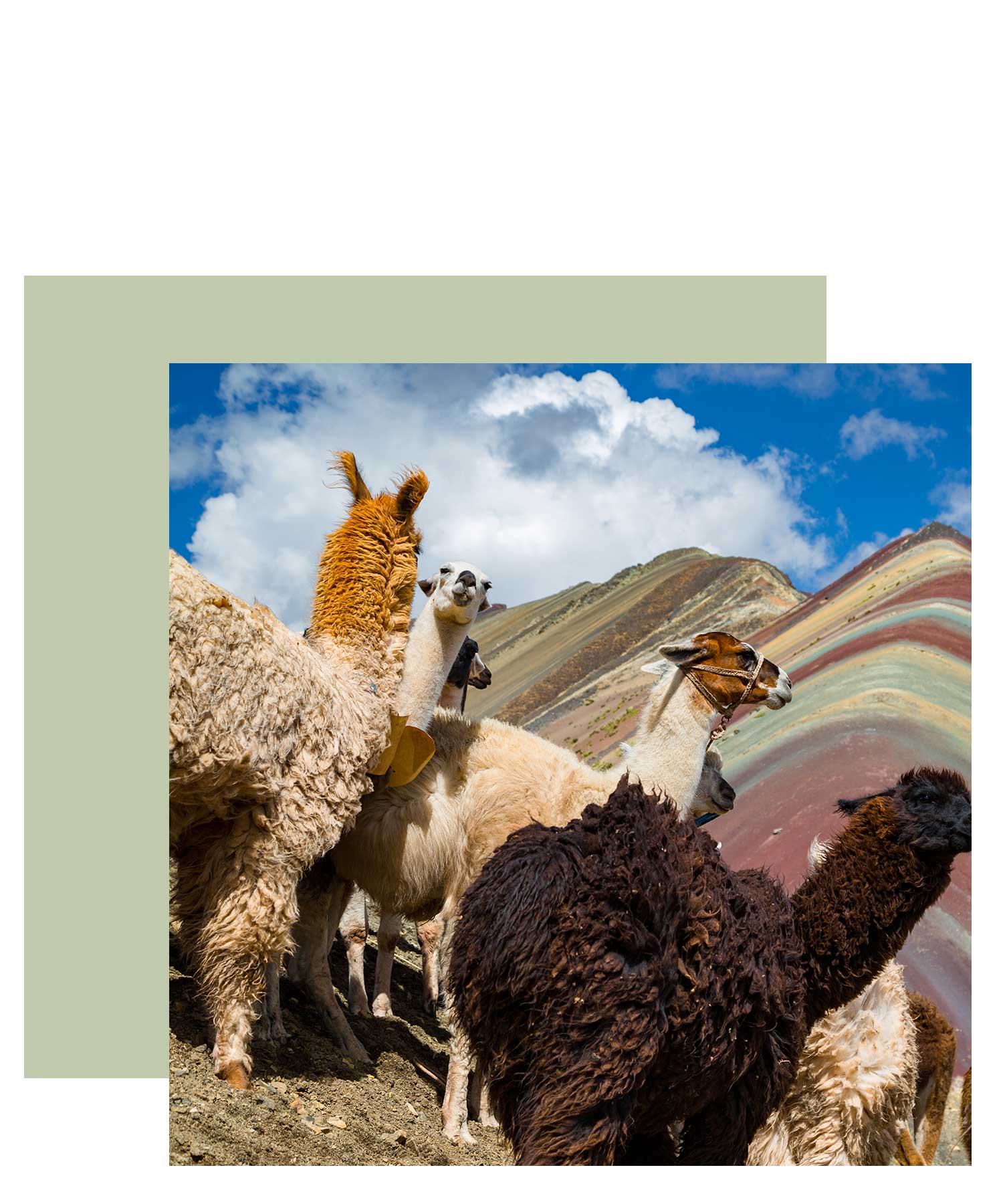
ALPACA – THE INCAN EMPERORS' LUXURY
We shared with you some interesting facts about camel wool in a previous blog post, and now we are back with more! What kind of animals are they?..
Read more...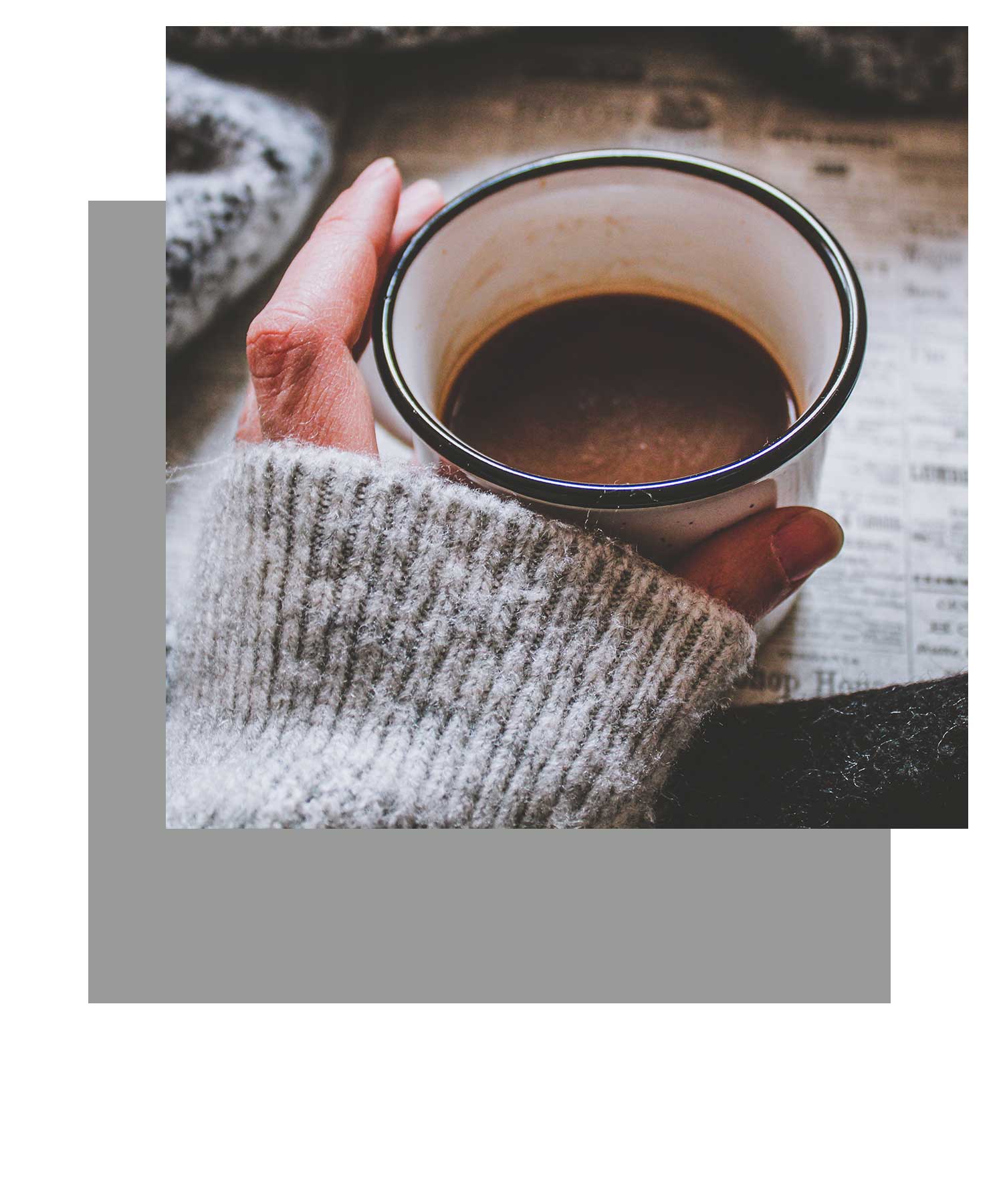
SAVING ENERGY – HEATING LESS WITHOUT FREEZIN
Appeals to save energy are not new. However, with the current global political situation, the awareness of the limited resources has become ever more present..
READ MORE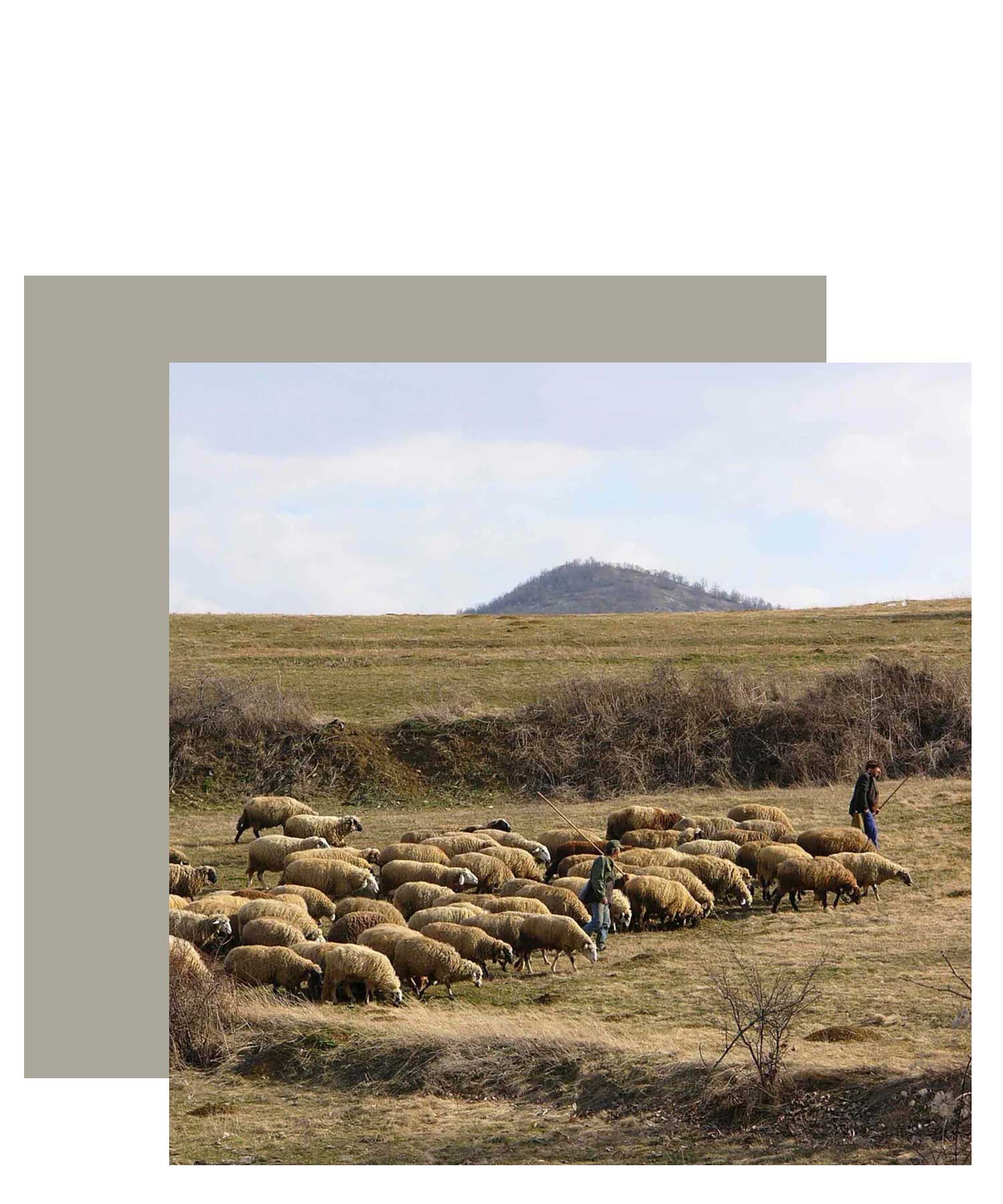
WOOL AND YARN CERTIFICATIONS
Handicrafts and do-it-yourself are "in". But what about the material? Is this also "good" in terms of fairness and sustainability?
To the pattern